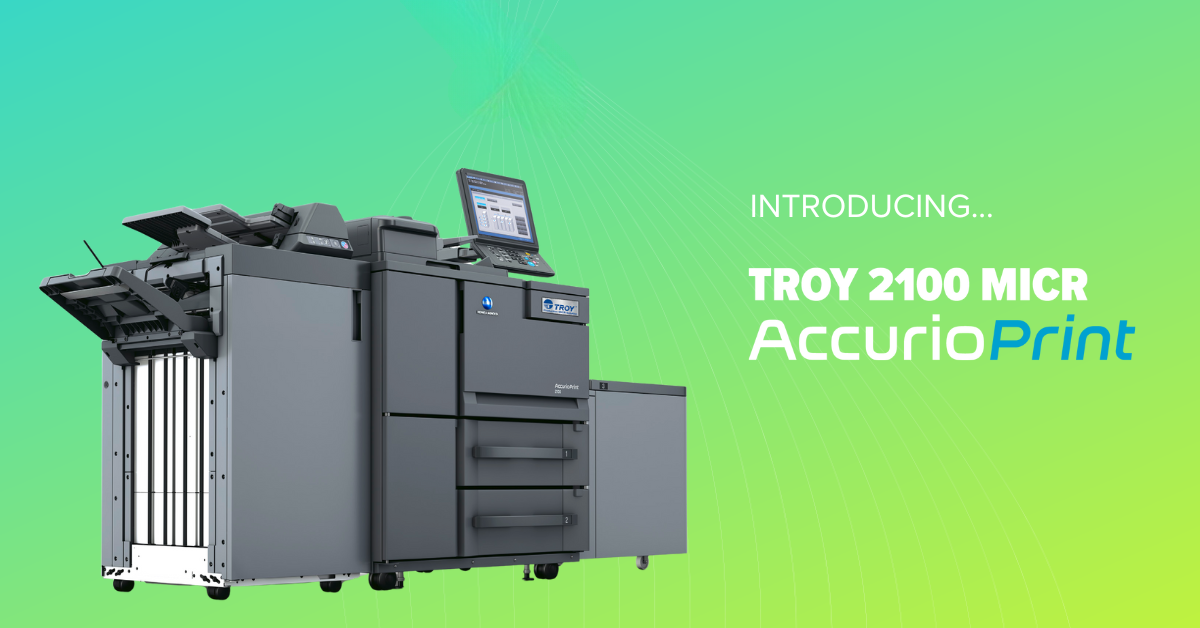Evolution of Prescription Workflows: From Handwritten to Electronic

Prescription workflows have evolved remarkably, shifting from handwritten scripts to fully electronic solutions. The need for increased efficiency has driven this transition, improved patient safety, and enhanced security measures. In this article, we will explore the journey of prescription workflows and the advantages of adopting electronic prescription systems, including secure prescription printing solutions.
The adoption of electronic prescriptions has significantly enhanced patient safety. Illegible handwriting, a common issue with prescription pad prescriptions, is virtually eliminated in electronic systems. Healthcare providers can input prescription details directly, reducing the chances of misinterpretation. Moreover, electronic systems can flag potential drug interactions, allergies, or dosing errors, providing real-time alerts to healthcare professionals.
Writing prescriptions using modern electronic health record (EHR) systems has streamlined the workflow for healthcare providers and pharmacies. Healthcare professionals can quickly generate prescriptions within their EHR, eliminating the need for manual transcription and reducing administrative tasks. Real-time access to patient information, medication history, and insurance details facilitates accurate dispensing and enhances operational efficiency.
Electronic health record (EHR) systems allow prescribers to issue prescriptions to their patients in a manner that suits their needs. Electronic prescriptions provide benefits in terms of both speed and convenience for patients. They can select their preferred pharmacy and avoid the hassle of physically dropping off the prescription. Some patients may opt for physical copies of their prescriptions to compare prices at different stores, while others may choose a pharmacy based on its proximity and convenience.
The transition to electronic prescriptions, supported by plain paper prescription printing software, has contributed to better data integration and interoperability within the healthcare system. Electronic systems seamlessly integrate with electronic health record systems, enabling a more comprehensive and connected approach to patient care. Healthcare providers can easily access prescription data, medication history, and patient information, enabling more informed decision-making and coordinated care.
By embracing a hybrid approach, healthcare organizations can leverage the advantages of both printed and electronically transmitted prescriptions, ensuring optimal patient care while adapting to the evolving landscape of prescription workflows.
Related Posts

USPS To Temporarily Increase Prices This Fall
The U.S. Postal Service has announced a temporary price increase on select package services, effective October 5, 2025 through January 18, 2026.

5 Questions to Ask Before Growing Your Branch with Self-Service
If you're a banking executive or president of a small bank or credit union, you're likely researching ways to your organization can expand without breaking the bank on unnecessary..

Leave a Reply